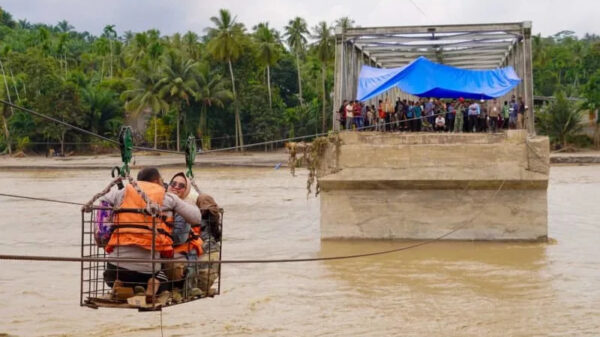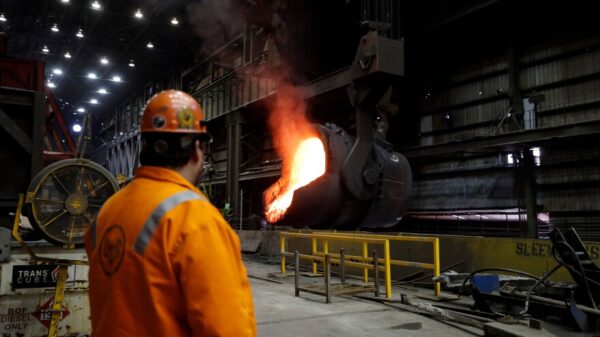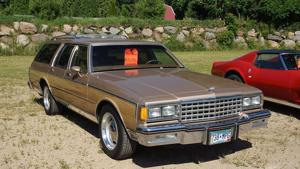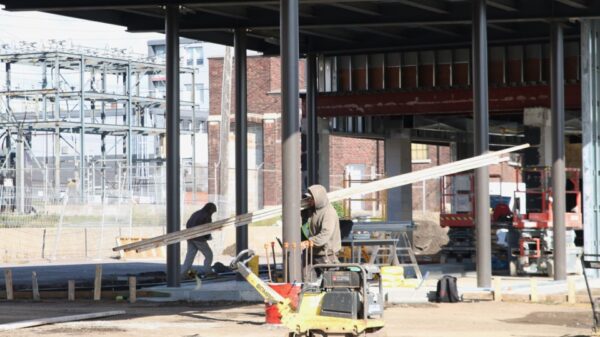UPDATE: Waymo has just announced its expansion into the icy streets of Detroit and Denver, alongside sunny San Diego and Las Vegas, with plans to launch self-driving services there in 2026. This move marks a significant step for the autonomous vehicle industry as it attempts to tackle challenging winter conditions that could test the limits of its technology.
The company will initially operate its all-electric Jaguar I-Pace and Zeekr RT vehicles in manual mode with human drivers. However, Waymo is gearing up for full autonomous operations in these demanding environments soon. Currently, Waymo’s fleet is already navigating the streets of San Francisco, Los Angeles, and Phoenix, while also testing with safety drivers in New York City and Denver and partnering with Uber in Atlanta and Austin.
As weather conditions worsen in regions like Detroit, the performance of self-driving technology comes under scrutiny. Historically, Waymo has operated in milder climates, making this expansion a pivotal test for their AI systems. If successful, Waymo could be the first to achieve fully autonomous operations in areas known for their “harshest winter” conditions.
In response to concerns about winter driving, Waymo recently published a blog post emphasizing its advanced technology’s ability to adapt. The AI is reportedly capable of distinguishing between normal dry roads and those covered in snow, slush, or ice. According to Waymo, “Each vehicle acts as a mobile weather station, gathering data to inform its own driving decisions and share with the rest of the fleet.”
The implications of this technology are significant, especially as discussions regarding the safety of autonomous vehicles in adverse weather conditions grow. Many have debated the effectiveness of self-driving cars in snowy or icy conditions, with one Reddit user cautioning, “Don’t rely on a robot to drive you in the snow.”
Waymo’s foray into winter driving comes as companies like Ubicept, an advanced imaging technology firm, prepare for tougher conditions. Ubicept co-founder and CTO Tristan Swedish noted that operating in adverse weather scenarios can challenge existing perception systems. He remarked, “When you move to a more adverse weather scenario, there are ways to overcome those challenges using advanced perception systems.”
However, the path to widespread deployment may not be smooth. Recent incidents, such as a Waymo vehicle striking and killing a neighborhood cat in San Francisco, have raised alarms about the safety of robotaxis. In light of this, a local supervisor has proposed a resolution to grant counties more authority over autonomous vehicle operations, highlighting the ongoing regulatory challenges.
As Waymo prepares to launch in these new cities, the focus will be on demonstrating that its technology can safely navigate the complex and unpredictable conditions of winter driving. The company’s commitment to expanding its services signals a new chapter in the evolution of autonomous transportation, but whether it can deliver on these promises remains to be seen.
Stay tuned for further updates as Waymo gears up to bring self-driving technology to the icy streets of Detroit and Denver. The future of autonomous taxis may depend on its success in these challenging climates.






































































